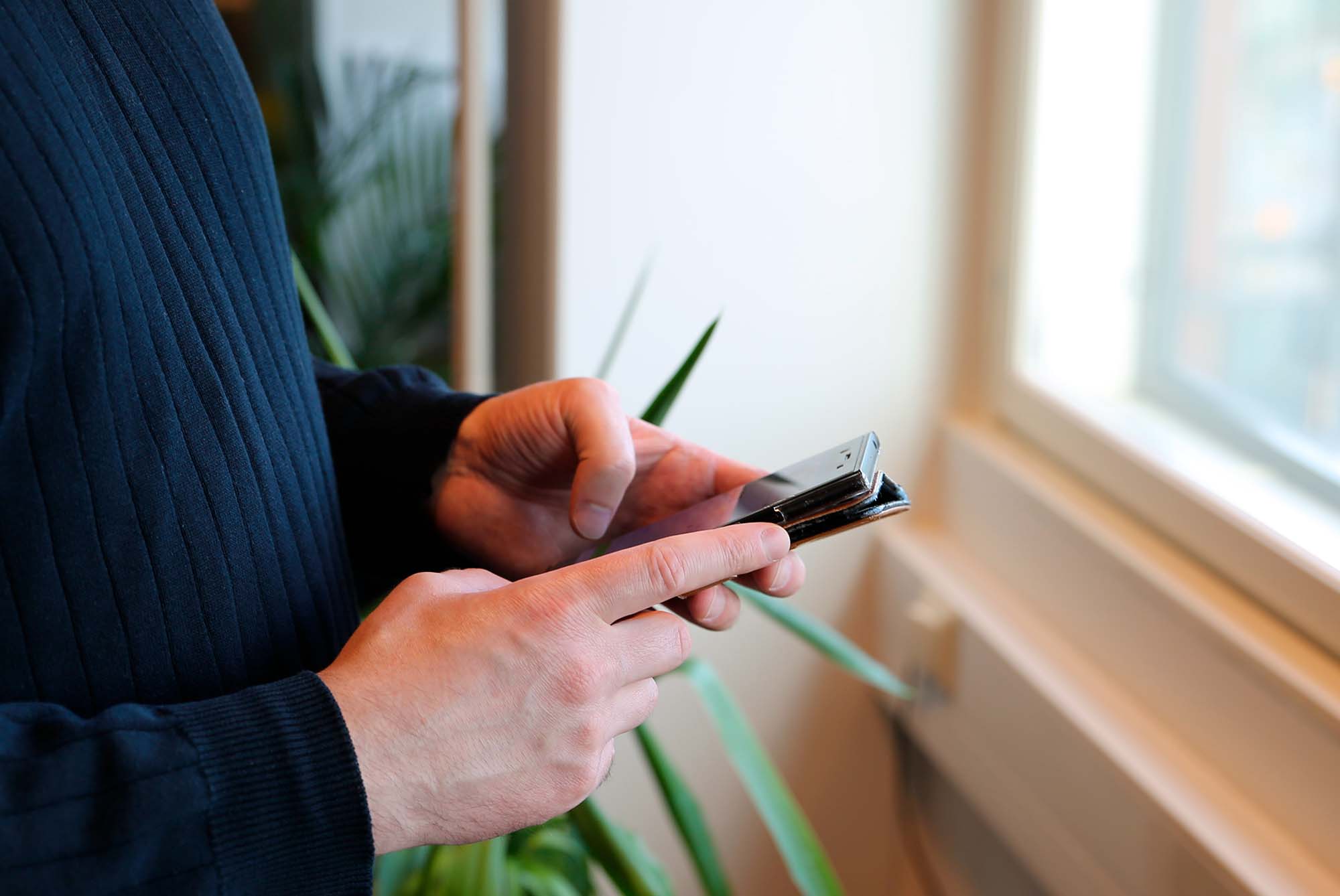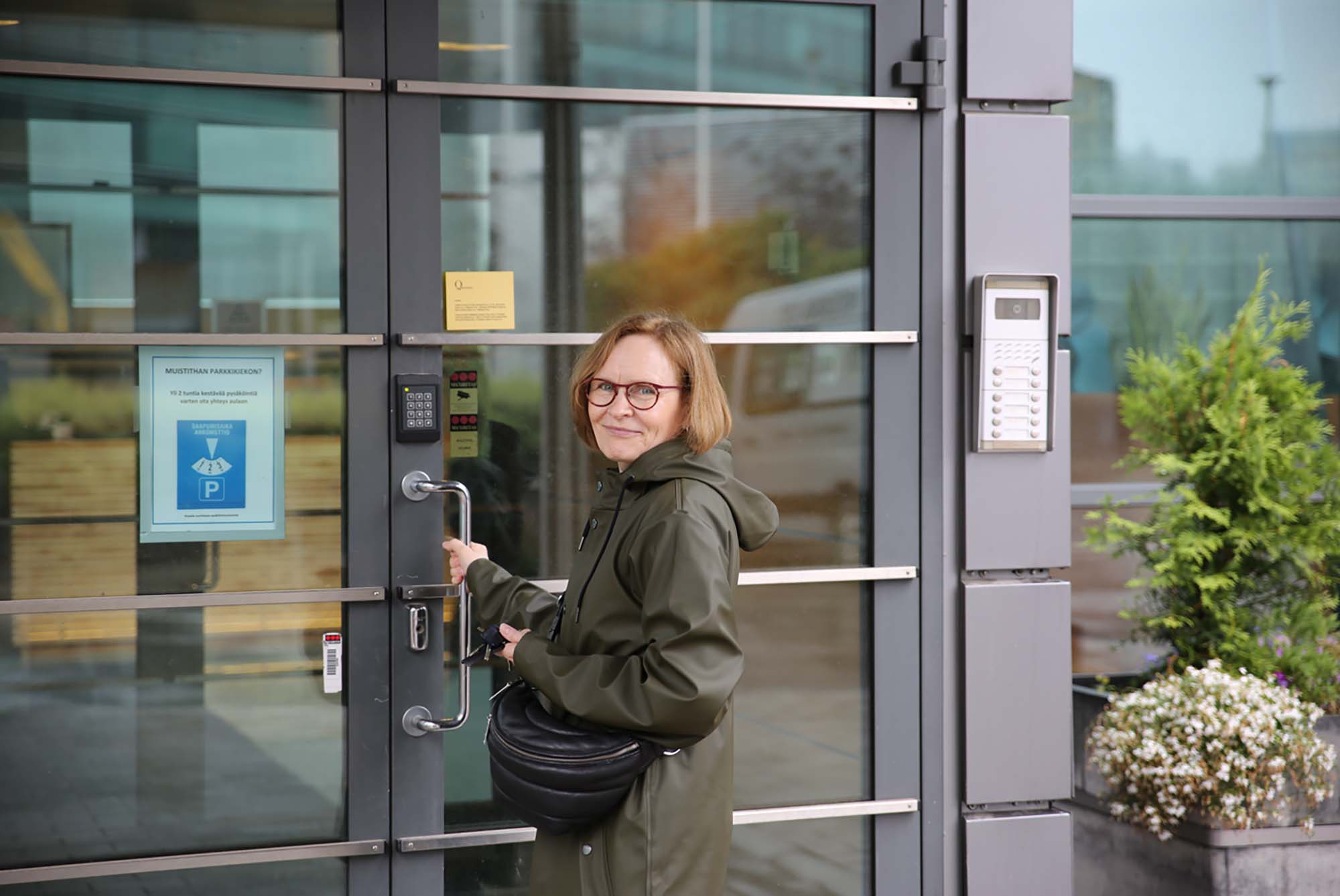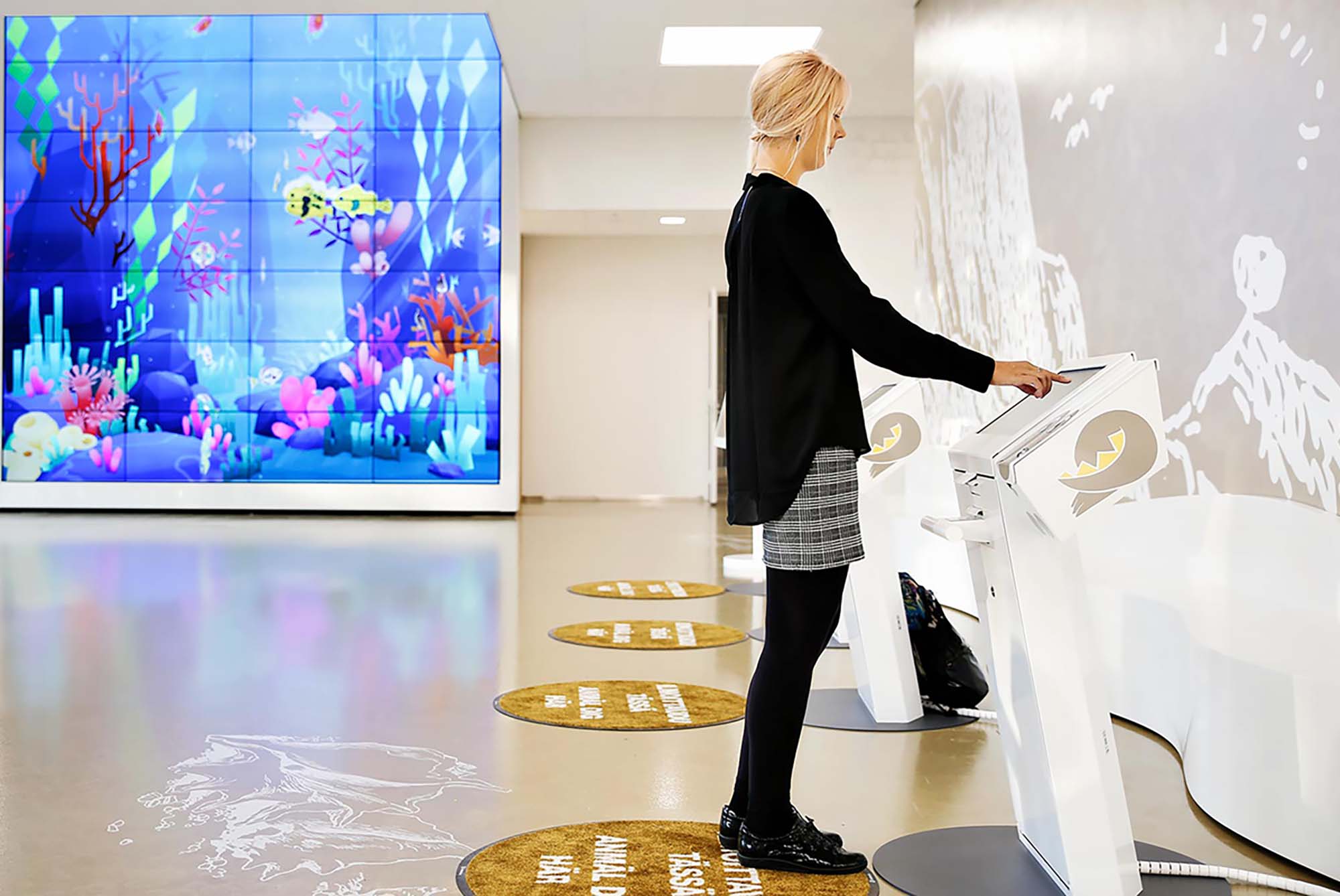In healthcare, one of the biggest challenges has always been the organization of diagnostics and treatment of contagious diseases in hospitals and health centers. It’s effective to focus complex healthcare actions requiring a lot of professionals and equipment under one roof. At the same time, because of this way of organizing, a large number of people having an infectious disease, such as influenza or Covid-19, may be sitting in the same waiting room. In that room, one patient can expose many other people to the disease, although a health center should be a place to seek cure for illnesses, not the other way around.
How could we resolve this? Logically, there are two alternative ways to avoid patient-to-patient exposure: 1) patients don’t go to a health center or hospital at all, or 2) patients don’t meet each other in a health center or hospital.
The first solution can be further divided into two different alternatives: the patient is encountered physically or the patient is encountered remotely. Home visits are a great complement to our current way of organizing healthcare and are quite common, especially on the social services side. Home visits are also popular in healthcare, but quantitatively they don’t come close to home visits done in different institutions. Home visits are an effective, yet expensive solution for treating many diseases, for example, because of transition periods. And what about remote receptions which are quite effective for both patients and healthcare organizations? A large proportion of outpatient visits can be handled remotely through text messages, audio, and video, and by the end of the pandemic, remote receptions will have become part of the mainstream. The biggest challenge for healthcare is to identify and decide which diseases and illnesses can be diagnosed and treated remotely – and which require physical interaction.
Another solution, reducing patient encounters in health centers and hospitals, requires patient flow management to succeed. The majority of healthcare units are designed so that patients sit in waiting rooms or hallways close to each other. From these waiting areas, they are then individually called in to treatment rooms for treatment. From a production economics perspective, this is effective, but this approach doesn’t take into account minimizing patient-to-patient exposure. However, the problem can be solved with the help of technology. The remote call in that a patient receives on their mobile phone makes the wait independent of a particular location. Thus, patients can wait for their turn, for example, outside the health center or in a wider area than just in the vicinity of the treatment rooms. This reduces patient congestions and thus also reduces exposure to potential pathogens.
Modern patient flow management tools make remote waiting possible. There’s no need for healthcare organizations to do major changes to their normal ways of working, but they can reduce patients' health risk and, at the same time, congestion in health services. In addition, space planning in healthcare facilities makes it easier to get rid of traditional waiting rooms and move to more creative and cost-effective solutions. How are remote waiting, remote call ins, and other solutions mentioned above implemented in practice? Learn more about our mobile solutions.





